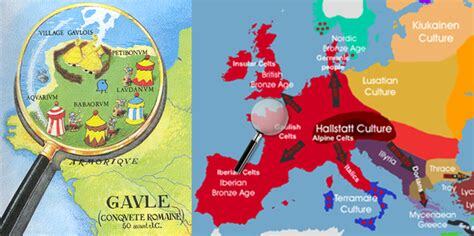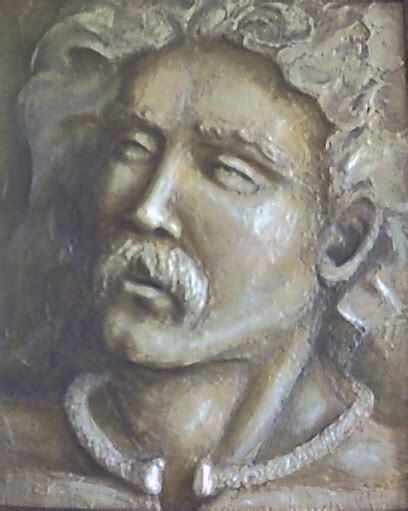European Celtic Art and Artifacts

Episode 4 Celtic Art and Artifacts
The Celtic World
Dr Jennifer Paxton (2018)
Film Review
Evidence of early Celtic influence in central Europe comes from ancient artifacts dating from 1200 – 475 BC discovered in Hallstatt Austria and La Tene Switzerland. At the Hallstadt site, archeologists have discovered thousands of graves from the Iron Age containing Celtic pots, jewelry, swords and figurines. Prehistoric Celts were famous for being exceptional metal workers. However many of the grave items had clearly traveled hundreds of miles, evidence of robust long distance trade.
The superb craftsmanship of all the artifacts suggests a highly stratified society with enough wealthy people to pay the high price of luxury goods. There are also dozens of hill forts across Europe associated with princely graves. Their presence points to the presence of local power centers where hundreds and thousands of people could gather.

A grave from 530 BC holds the remains of a 6 foot 2 inch man wearing gold shoes and lying on a bronze couch. His grave holds a large collection of grave goods, including an elaborately decorated caldron which held 100 gallons of mead.
Between 550-450 BC the Hallstatt culture came to an abrupt end and the hill forts were abandoned.
The culture at La Tene Switzerland was associated with even more riches and global trade and features event more spectacular Celtic artifacts. These include 2500 metal objects, most with some military connection. This includes 166 elaborately decorated swords, most unused. There were also lots of torques, Celtic-style neck bands.

In La Tene, archeologists also found lots of carnyces (plural of carnyx) which were long horns Celtic warriors played as they marched into battle. The tip of the horn, which made a noise similar to a vuvuzuela,* was carved in the shape of a boar’s head. The carnyx was also used in Druid ceremonies. There were many found across Central Europe between 300 BC and 300 AD.
Other Celtic metal artifacts found at La Tene include decorative helmets, often in the shame of animals, covered with abstract and repetitive spiral and curvilinear patterns.
In Nix France a prince’s grave from 500 BC contained an enormous bronze vessel capable of holding 290 gallons of wine.
*The vuvuzela is a horn with an inexpensive injection-molded plastic shell about 65 centimeters long that produces a loud monotone note, typically around B♭ 3.
Film can be viewed free with a library card on Kanopy.
https://pukeariki.kanopy.com/en/pukeariki/watch/video/5701024/5701030
The Most Revolutionary Act
- Stuart Jeanne Bramhall's profile
- 11 followers



